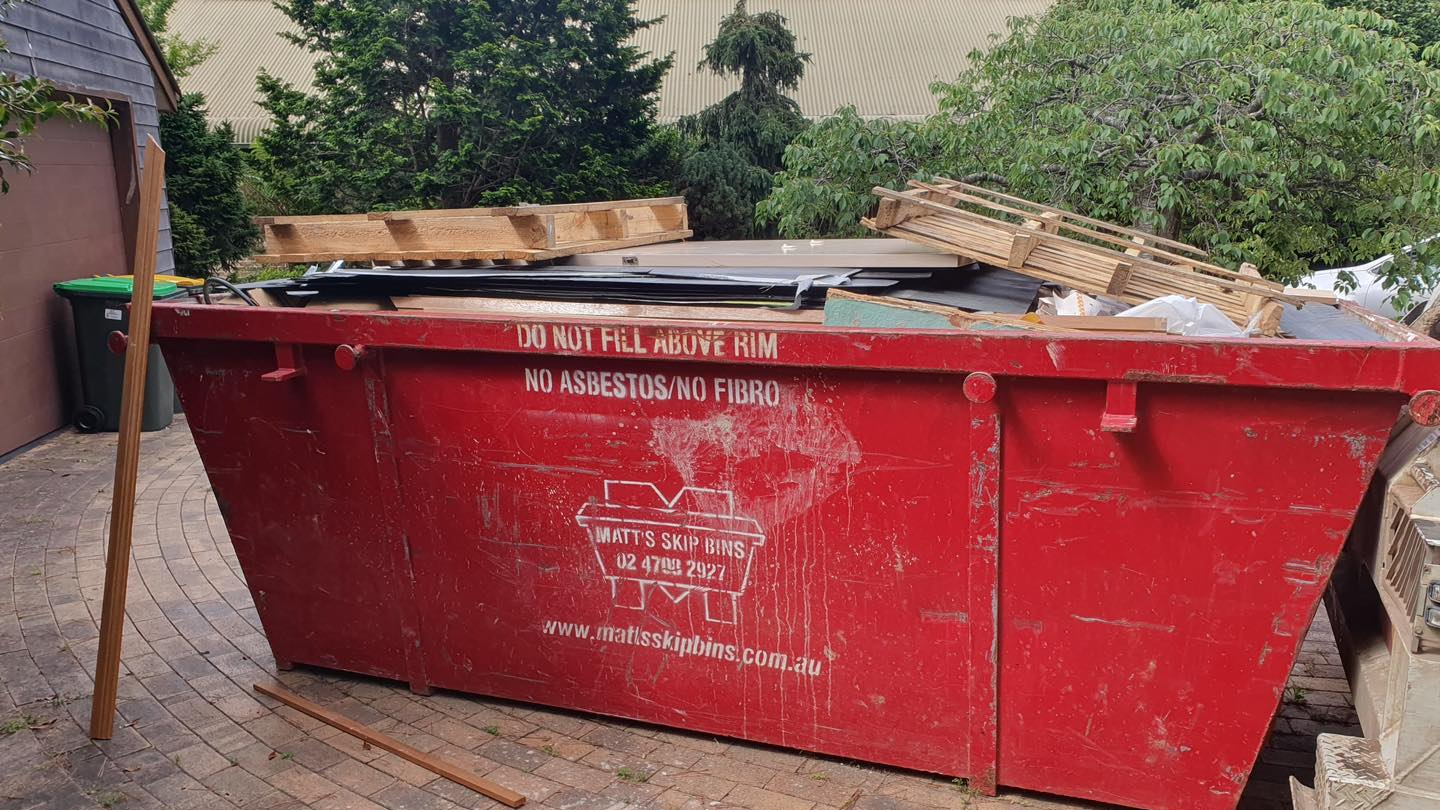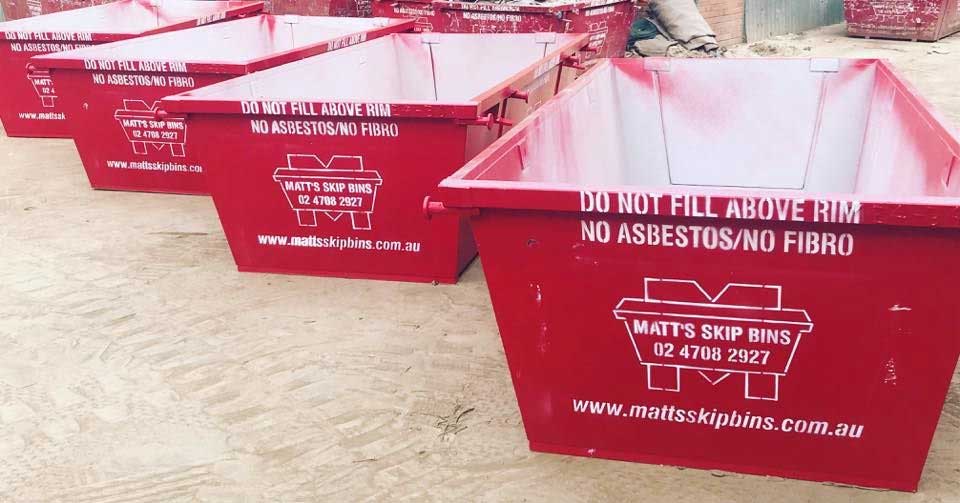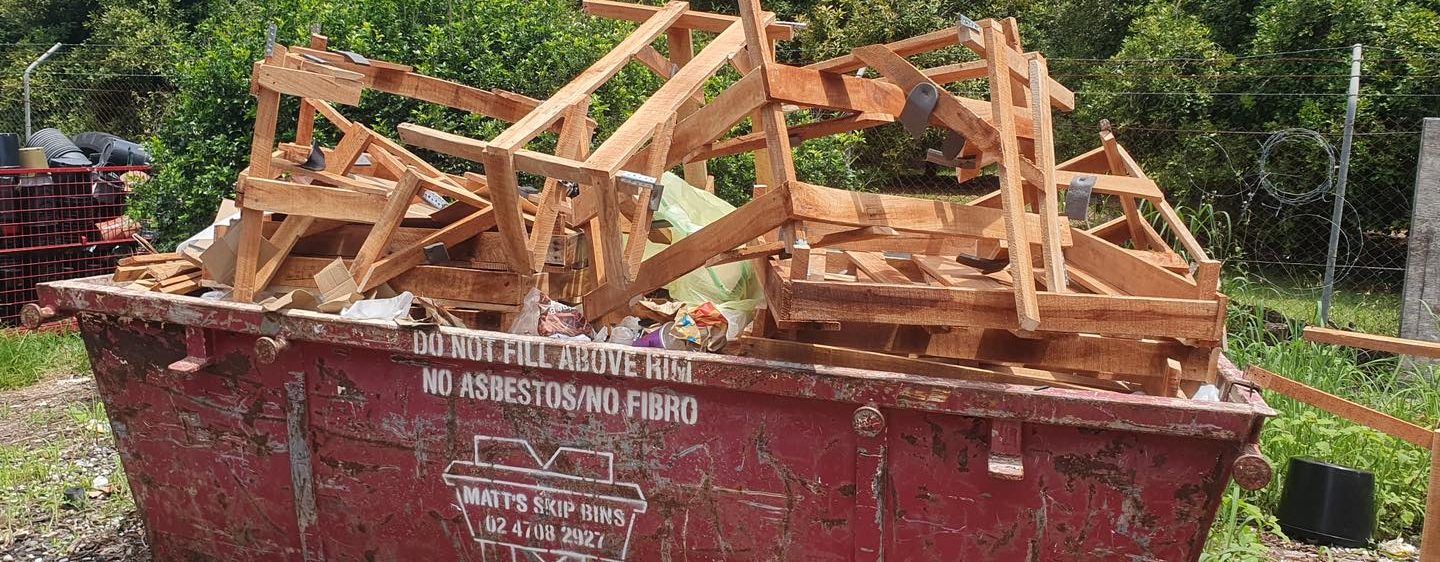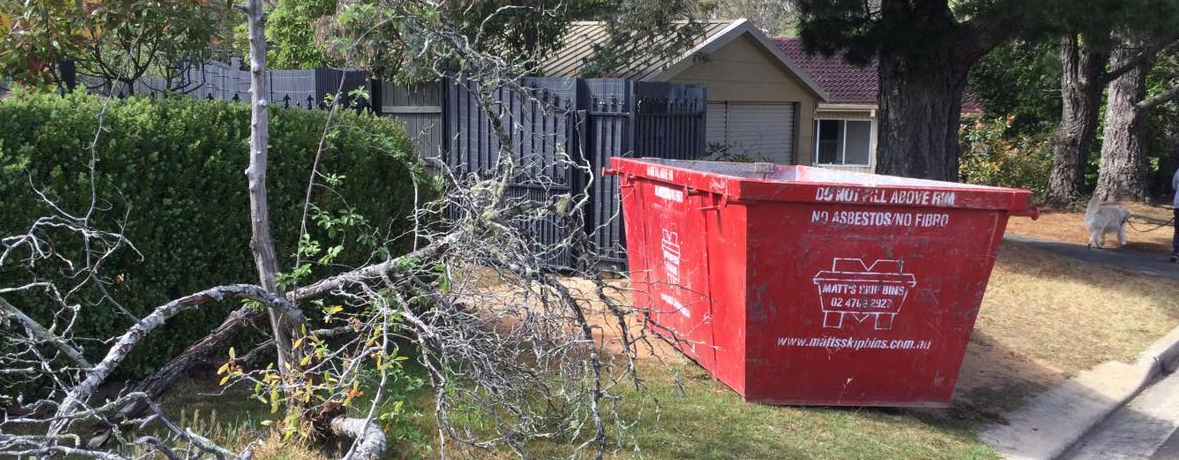
Hiring a skip bin is an excellent solution for managing waste from projects like home clean-ups, renovations, and landscaping. However, using your skip bin efficiently while adhering to local regulations is essential. Misusing a skip bin by overloading or disregarding guidelines can result in fines, collection delays, or additional fees.
Here are some top tips for loading your skip bin to maximise space and ensure safe, legal disposal.
1. Choose the Right Skip Bin Size
Selecting the correct skip bin size from the start will prevent issues with overloading and ensure you have adequate space. Common skip bin sizes range from 2 cubic metres (suitable for small clean-ups) to larger options like 9 or 12 cubic metres (ideal for major renovations or commercial projects). It’s usually better to go a size larger than you think you’ll need, as adding another skip bin later can be more costly than choosing the right one initially.
Be sure to discuss your project size and waste type with the skip bin provider to find the best fit.
2. Plan the Load Strategically
A well-planned load can maximise the available space within your skip bin. Start by loading the heaviest and bulkiest items first, such as furniture or bricks, at the bottom. This foundation helps stabilise the load and maximises space as smaller items are placed on top.
For example, fill the gaps between bulky items with lighter, smaller materials, ensuring the waste is compact and stable. Breaking down larger items—like dismantling furniture or flattening cardboard boxes—also conserves space, letting you fit more in the bin.
3. Avoid Overloading the Skip Bin
Overloading a skip bin can result in additional fees and may even delay your waste collection, as regulations prevent drivers from transporting overfilled bins.
Generally, skip bins should be filled only up to the rim. Adding more waste on top of the bin edges is dangerous as it can spill onto roads during transport, endangering people and the environment.
Some local guidelines also require that bins be covered during transit, so if the waste exceeds the bin’s height, collection may be denied until it’s unloaded.
4. Know What Not to Include in the Skip Bin
Certain items are prohibited in skip bins due to safety, environmental, and disposal regulations. Commonly restricted items include:
- Hazardous materials like asbestos, chemicals, oils, and paints
- Electronic waste (e-waste) such as TVs, computers, and batteries
- Medical waste, including sharps or expired medications
- Flammable or explosive materials, such as gas cylinders
Including any of these items can result in fines or require costly disposal processes. Most skip bin providers will give you a list of prohibited items, so review these restrictions carefully and arrange separate disposal for hazardous waste.
5. Segregate Waste Where Possible
Separating recyclable materials from general waste helps conserve skip bin space and contributes to eco-friendly disposal.
For instance, you might separate scrap metals, plastics, and cardboard, allowing the skip bin provider to process these materials more efficiently. Some providers even offer designated bins for specific types of waste, such as green waste or building materials, which can help reduce fees for waste sorting after collection.
6. Stack Items Efficiently
To maximise space in the skip bin, stack items compactly and in layers, utilising all corners. Bulky items like sofas or tables can be disassembled, allowing each part to be stacked more efficiently. For green waste or garden clean-ups, try compacting branches and leaves or cutting larger plants into smaller sections to make them fit better. Avoid simply tossing items into the bin; instead, organise the load to reduce unused air space.
7. Check for Local Regulations and Guidelines
Each area may have specific skip bin regulations concerning permissible weight limits, the type of waste allowed, and even placement restrictions. Some councils require permits if the skip bin will be placed on public property, such as the street or sidewalk. Consult with your skip bin provider regarding any regional regulations and follow their guidelines to avoid unnecessary complications.
8. Confirm Weight Limits
Skip bins have weight limits that vary based on size and waste type. Heavier materials like concrete, soil, or tiles can easily exceed these limits if not managed carefully. Consult with your provider to confirm weight allowances for different bin sizes, especially if you’re disposing of dense materials. Exceeding weight limits may result in extra fees or require the bin to be unloaded before collection, costing you time and effort.
Schedule Collection and Arrange for Skip Bin Pick Up
When your skip bin is full, contact the provider to schedule prompt collection. Ensure the bin is accessible and free from obstacles, like parked cars or garden equipment. Clear access helps avoid delays, making the collection process smoother and safer for everyone.
Maximise the efficiency and safety of your waste disposal with a professional skip bin hire from Matt’s Skip Bins. Our team offers a range of skip bin sizes to suit any project and can guide you on loading techniques and legal requirements. Get started with your waste management solution by calling us at 02 4708 2927 or visiting our website to book your skip bin today. Don’t let waste pile up—contact Matt’s Skip Bins for reliable and responsible waste disposal.




